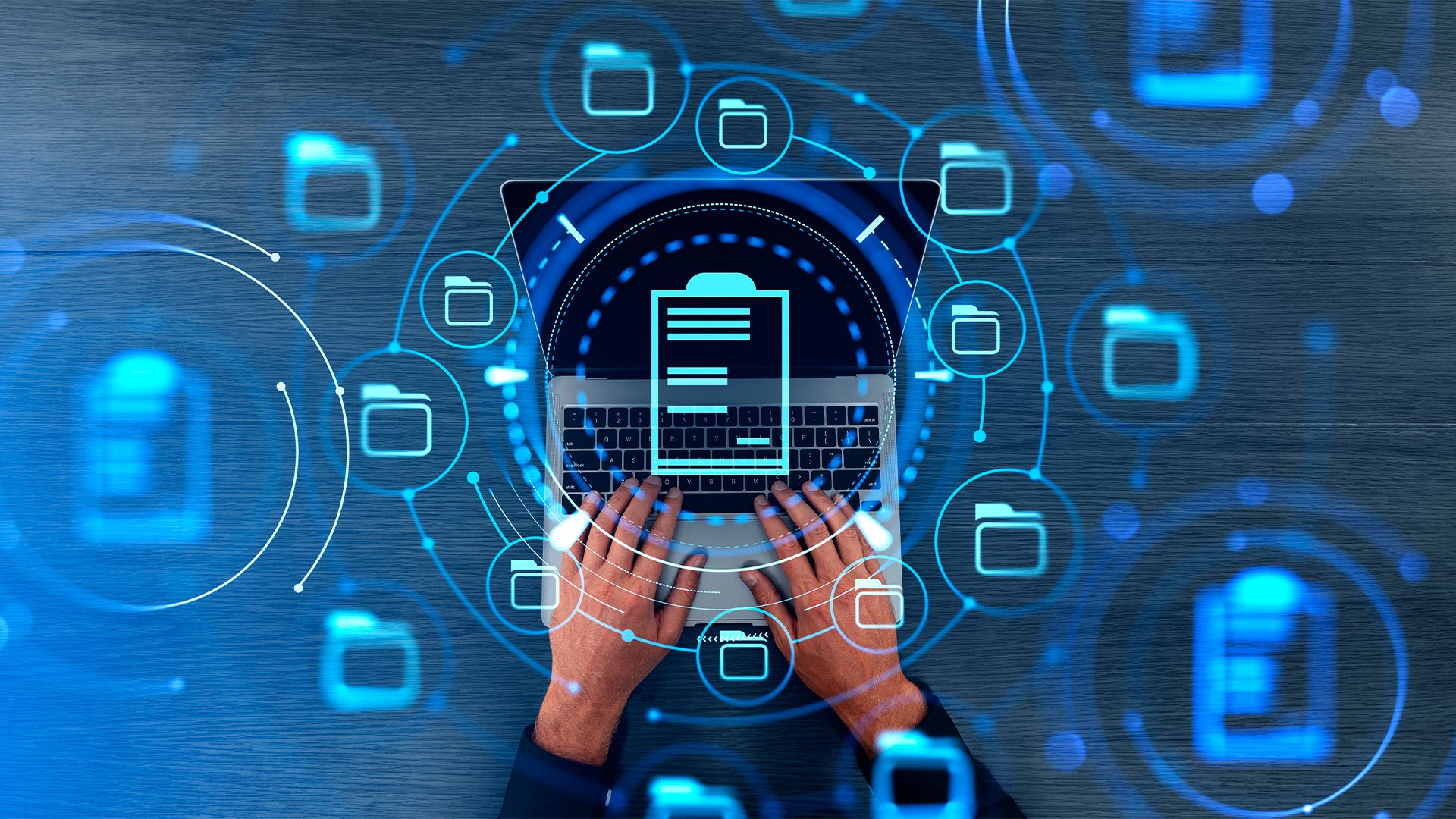Public administration has a significant responsibility in leading the transition to a more sustainable society. Through the adoption of targeted policies, the promotion of sustainable practices, public awareness, and collaboration with the private sector and civil society organizations, PAs can be instrumental in promoting sustainability. In this context, digital innovation for public administration plays a crucial role in supporting a circular approach by public administration. By integrating digital tools and advanced technologies, PAs can streamline their operations, improve resource management, promote transparency and efficiency, and facilitate the transition to a circular economy model.
1. How can digital innovation support a circular PA approach?
The areas and examples of technology applications are countless, so a sample follows that is intended to indicate the breadth of opportunities.
Take the case of resource management, which can become “smart” through the introduction of certain digital solutions, for example, the Internet of Things (IoT) and data management systems. These solutions enable PAs to monitor the use of resources (energy, water, materials) in real-time and optimize their management. Installing sensors in public buildings can help monitor energy and water consumption, reducing waste and improving efficiency. Systems such as digital twins, which, by creating a digital copy of physical assets (such as buildings, infrastructure, or entire cities) allow simulating usage scenarios and optimizing resource management, a benefit that can also be achieved through the use of artificial intelligence algorithms, support, and guide in predicting the maintenance of buildings and infrastructure, thus reducing costs and improving sustainability.
Shifting the focus to Administrative Processes, the adoption of digital technologies can significantly reduce the consumption of materials, just as the use of digital signatures, electronic documents, and digital workflows reduces the need for physical documents, contributing to a more sustainable, cost-efficient, and results-effective model. But beyond dematerialization and improved IT document management digital innovation enable Public Administrations, for example with the use of traceability solutions such as Smart Contracts and Blockchain, to improve transparency and traceability of materials, products, and processes within public supply chains.

Continuing in the series of examples, we focus on issues that have been at the center of debate for years, namely the exploitation of data generated by the public service. In this sense, the use of advanced analytics and predictive analytics tools enables PAs to collect and analyze large amounts of data to make more informed decisions. For example, data on traffic and public transportation use can be used to optimize transportation networks and reduce emissions. Staying in the area of transportation, we bring to our attention Intelligent Mobility Systems, where the integration of digital technologies for urban mobility management, such as applications for car sharing, bike sharing, and autonomous vehicles, can reduce the environmental impact of urban transportation and promote more sustainable modes of transportation.
We could go on and on; those described above are a few examples of a range of applications of technology to make PA a promoter of a circular modus operandi.
Digital innovation strategies in public administration go beyond waste reduction, paving the way for a governance model focused on sustainability and creating value for society.
In the next article, we will focus on how PA can measure the impact of sustainability initiatives put in place and how this can help it in better targeting its operations.
Stay tuned!

2. Digital Solutions for a Circular Future: Avvale's Support for PA
Avvale supports Public Administration in the transition to a circular approach through digital tools designed to optimize processes, reduce environmental impact, and improve operational efficiency. Through a collaborative approach and advanced technologies, sustainable resource management is facilitated and waste is reduced.
Smart platforms enable public administrations to collect, analyze, and use data in real time, improving public services and fostering the circular economy. Digitizing city and business services streamlines operations, reducing dependence on manual processes and enabling more sustainable management models. Our digital solutions also encourage active citizen participation, creating an ecosystem where communities, institutions, and businesses can work together for common sustainability goals.

Our goal is to make digital innovation an effective tool for public administration transformation, helping to develop smarter, more inclusive, and resilient cities with a focus on improving efficiency and reducing inefficiencies for a more sustainable future.
Discover how our digital solutions can transform your administration into a model of sustainability and innovation.






